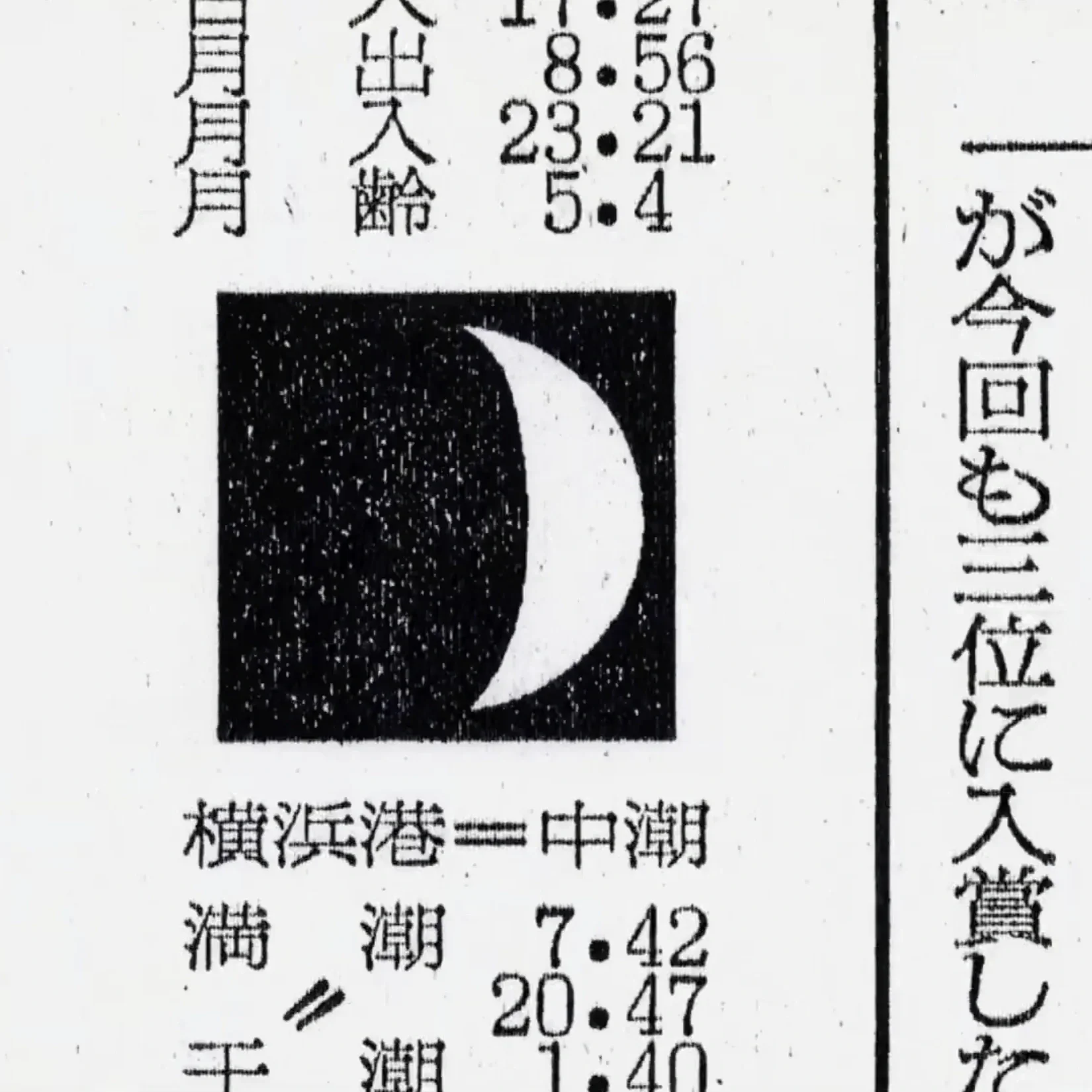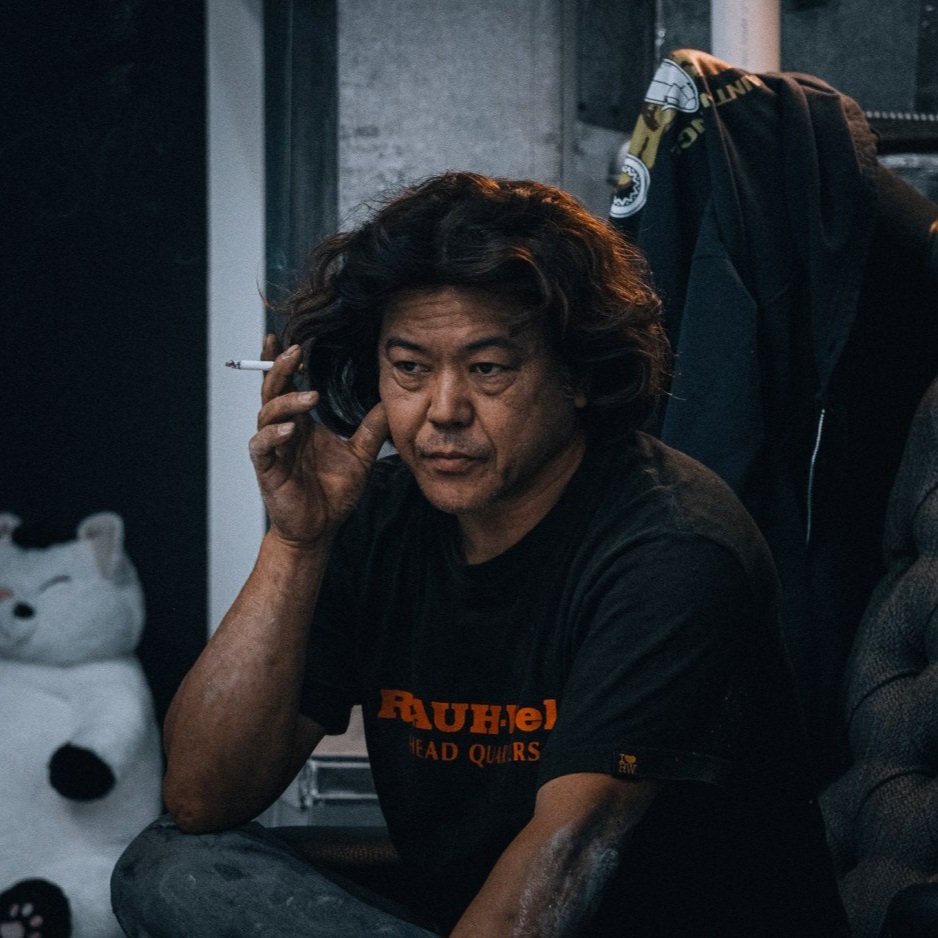Ama Women (海女) - Diving into Tradition
© Fosco Maraini
In the serene waters of Japan, a unique people called the Ama, also known as women of the sea, persists as a dwindling community. Traditionally clad in cotton clothes and without any diving equipment, these women embark on a journey beneath the waves, searching for seafood and precious sea pearls. With a history spanning thousands of years, they are one of Japan’s oldest surviving traditions, yet they face the challenge of fading away.
The beginning of the Ama
There is no way of pinpointing the exact moment the tradition set its roots. Still, it is estimated to have begun approximately 2,000 – 3,000 years ago. The word itself, Ama, has been recorded as early as 750 in Japanese scripture. Passed down from generation to generation, this art of freediving continues, with women far into their 60s still choosing to dive.
These women of the sea search for the ocean’s riches and harvest its goods, diving multiple times a day in short 2 minute intervals, sometimes for up to an hour at a time, all year round. With the help of extra weights, these Ama can dive up to 9 meters in the water to harvest abalone, turbans, oysters, and more from the ocean, weeding their way through the seaweed.
Beyond being an occupation, the Ama embody a way of life that empowers women. They foster strength and independence within communities, spending a considerate amount of time together beyond their diving sessions. Guided by many community rules dictated by the area, they set to sea in groups and end their diving sessions in an amagoya, or traditional hut.
It is said that in regions where the Ama culture thrives, such as the Mie Prefecture on Japan’s main island Honshu, men are unlikely to partake in this practice. Despite the female-centric nature indicated by their traditional wear, which lacks heat retention and is therefore more suitable for females, the reality is nuanced. Even today, male divers exist in the Mie Prefecture, numbering 320 as the last recorded data in 2014.
As with many other practices in Japan, Ama traditions intertwine with shrines. Through offerings of noshi-awabi — dried abalone — they pray for a good harvest and safe swimming. But despite the preservation of this ancient tradition, the Ama have undergone transformational changes over the years, most noticeably in their choice of swimwear.
© Iwase Yoshiyuki
The evolution of their attire paints a captivating story of changing values, going from the simplicity of no suit to the introduction of sleek wetsuits. Up until 1955, these women of the sea wore a white Ama-chaku — a loincloth — and a head covering, navigating frigid waters with minimal upper. Using a white loincloth is believed by some to serve as a deterrent against sharks. Star-shaped patterns added a touch of superstition, bringing forth good luck.
Fast forward to the present day, and their aesthetic has transformed with the introduction of goggles for better clarity marking the initial shift. By the 1960s, they embraced full black swimsuits, a more modest blend of tradition and modernity.
Equipped with goggles and wooden barrels, the Ama heavily resemble their Korean counterparts, the Haenyeo. They share these single-windowed masks, fins, and wetsuits, forming a modern arsenal for the age-old tradition. However, their resemblance extends beyond attire; it also involves intriguing diving techniques.
Upon surfacing, a distinctive sound can be heard, namely the Isobue, or sea whistle. These women of the sea use this unique diving technique to limit damage to the lungs and allow them to execute short consecutive dives with brief intervals. This showcases not only their physical strength but also the artistry of their traditions.
But despite that physical strength, the Ama are not immune to changing environments.
© Fosco Maraini
Challenges confronting the Ama
Their distinctive swimwear is not the only challenge that these women face. With no fancy equipment, they have to free dive up to two minutes at a time in freezing waters, making it a tough occupation with fewer people willing to practice it.
The Ama also face the shifting tides of environmental change. These women play a vital part in marine conservation. Their actions are monitored to preserve life underwater, but they also regularly keep an eye out for any changes in the seabed.
Rising ocean temperatures have triggered a decline in underwater animal and vegetal resources. The once-full waters they navigated with ease now echo with a quiet emptiness, a stark reminder of the environmental changes shaping their livelihood. Alterations in seaweed, causing fewer catches, add a layer of complexity to their daily work. The very foundation of their occupation is shifting, demanding adaptability and resourcefulness from these women.
As the Ama dive into the heart of these challenges, their resilience becomes a beacon, illuminating not just the depths of the ocean but also the spirit that propels these brave women forward in the face of a changing underwater world.
Saying goodbye to the Ama
As we start saying goodbye to the Ama tradition, approximately 1200 Ama still navigate Japanese waters. The Ama, once hidden gems of coastal life, are now turning heads as a tourist attraction. While they remain a vital part of Japanese culture, the challenge looms: Will the next generation carry this tradition forward or let it become a museum relic? The answer ripples in the sea, awaiting the young to continue the Ama legacy.
About the author Aicha Sidki










The 70s schoolgirl gangs that shook Japanese society.